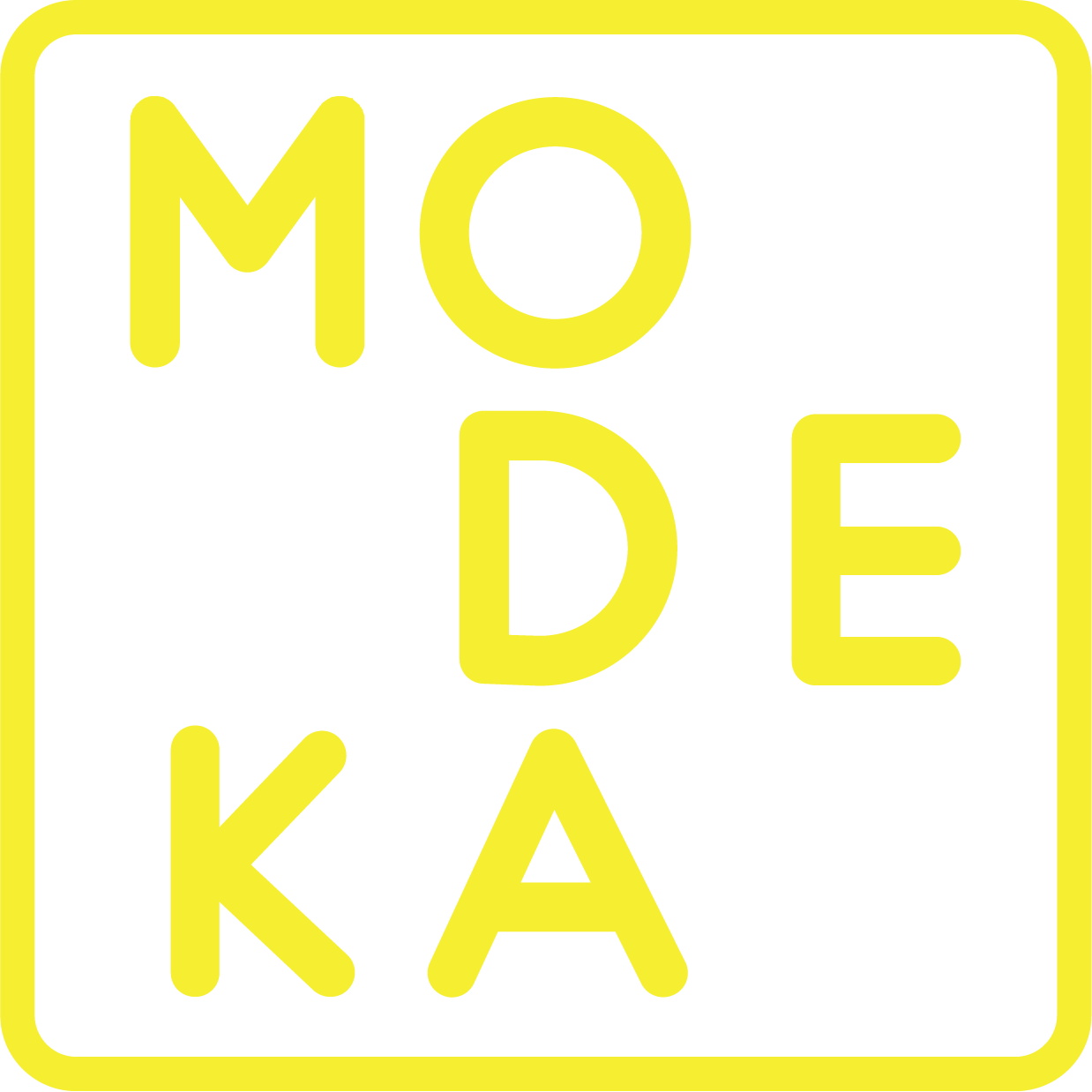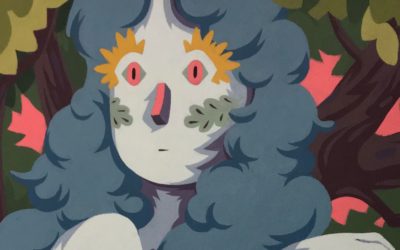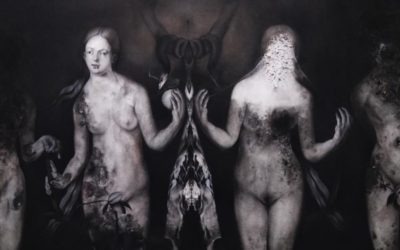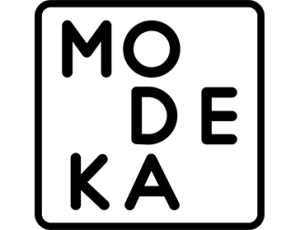Curated by Stephanie Frondoso
Drawing as a Noun, Drawing as a Verb
Showing from November 20, 2021
FEATURED ARTISTS
Katrina Bello, Christina Dy, Kiko Escora, Is Jumalon, and Costantino Zicarelli.
CURATED BY
Stephanie Frondoso

Group Exhibition
Drawing as a Noun, Drawing as a Verb
Drawing is a time-based process that has held fast in an era where images can be produced in an instant. How has drawing evolved and what is the source of its enduring power? This exhibition updates our perspectives on drawing and emphasizes its resilience as an art form. Assembled here are the works of 5 artists whose drawings are central to their practice: Katrina Bello, Christina Dy, Kiko Escora, Is Jumalon, and Costantino Zicarelli. Their works exemplify how different modes of mark making can merge traditional skills with conceptual approaches.
As one of the oldest forms of communication, drawing precedes even the written word, evidenced by pictograms found in Neolithic caves. It is an act universal to all humans. The moment a toddler begins to create marks with any kind of tool, he or she has begun to express thoughts through drawing. Drawing is unique in the immediate way that it can convey thought. Professionals in countless fields use it to thresh out plans and ideas. Scientists, architects, designers, carpenters, engineers, landscapers and teachers are just a few examples.
The exhibition brings drawings to the fore not as preparatory sketches or instructional methods, but as masterful, resolved pieces. A high level of craft, skill and dexterity can be expended on a drawing to convey a range of creative expression. A monochromatic palette takes away the distraction of color and invites long, quiet focus on forms, textures, markings, the metallic sheen of graphite or the matte softness of charcoal.
The title, “Drawing as a Noun, Drawing as a Verb” expands on the statement by Richard Serra “Drawing is a verb,” a pronouncement that has prompted much discussion. Drawing is both an act and an object, and its definition has expanded to encompass unexpected media, unusual supports and unconventional techniques. We have narrowed the scope of our exhibition to specific media: graphite and charcoal. The humble stick or pencil, which is likely among the first art tools most of us have been using since childhood, has over the centuries been applied to develop some of the most significant ideas in civilization. For the past 2 decades, artists have revitalized the medium, increasing its profile at museums, biennials and specialized drawing fairs. More books have also been written on contemporary drawing; an example is a 2005 publication by Phaidon Press “Vitamin D: New Perspectives in Drawing” that features the work of 109 artists worldwide. Our exhibition proposes that local contemporary drawing practices are due more recognition, as what is happening internationally. We thus invite more discourse on our featured group of artists:
Katrina Bello’s drawings reflect on the idea that nature is known through the body, first by sight then more deeply by touch. She looks for linear patterns shared by both micro and macro parts of nature to represent not only the complexity of nature itself but also the complexity of our human relationship with it. The subjects of her drawings are often natural elements she has held and wild places she has visited, transferring this acquired knowledge as she applies charcoal and pastel onto paper. “I feel that there is something in my preferred drawing technique that allows me to carry the weight of what I want to convey. I primarily use my palms and fingers to rub my drawing pigment on the paper, so there is a greater tendency of touch. This process allows me to give equivalence between the pressure of the hand against the paper and the weight of my insistence on the subject of the work.” Salix is based on her memories of the bark from a willow tree that no longer exists.
Artist and dancer Christina Dy merges her two disciplines in DancedDrawing. The drawing was made using improvised dance movements while holding charcoal sticks onto paper, dancing continuously until the charcoal ran out. Dy proposes drawing as a performative act, shifting our attention to the experience of making. Here the drawing is not just a direct extension of the hand but is a dynamic activity made with the whole body. At the beginning of a drawing project, Dy warms up with contour drawing exercises, using a single continuous line. Similarly, before she begins choreography, she warms up with “floor flow” exercises—moving around in circles on the floor while maintaining contact. “Drawing is so emotional and sensual. I love feeling charcoal on my hands, feeling the paper, pressing hard and making big bold lines, or on the other hand, making the faintest, softest marks.” DancedDrawing is presented together with a process video with music scored by cellist Anjo Inacay.
Kiko Escora extends drawing beyond the picture plane and transposes it to sculpture. His work frees up how a drawing can exist: on a 3-dimensional object and the physical space it occupies. Drawing can be a way of building, or of building up. The monoliths are constructed out of plywood and covered with black gesso, which was then drawn over and covered with graphite. Hence they are black on black drawings where the negative space made by gesso is the shadow of the image while the positive space or graphite becomes the highlights. “I find the drawing process fascinating because you start with an empty sheet and after a few strokes here and there, you have something – or at least an illusion of something. It gives you a taste of how it is to be a creator. Not a creative, mind you, but a vague godlike sense of the word “creator”. It is almost otherworldly.”
His mixed media layering technique reconsiders how a drawing medium can be manipulated and the flexibility of the material itself. “I was attracted to graphite early on, and then to charcoal later, as they are the most basic available tools for mark making: crude, brute, ancient. I like their primal simplicity. Drawing for me is like a direct line to our basest human urges and tendencies.” The image we see is of a mouth being forced open by a hand, heavily cropped to emphasize claustrophobia, violation, paranoia, struggle or submission, resistance or compliance. “I always go back to the figure – or should I say the human condition. This is because after a certain point in exploring any subject, it just brings me back to the human element of everything.”
Is Jumalon’s recurring subject of shadowy, atmospheric forests urge us to enter them, get lost within the branches, such that we forget that these are markings on sheets of paper. Yet the dark, grainy, velvety textures remind us that charcoal is made from charred wood. Just as charcoal drawings are gradually formed through the adding of strokes, they are completed with gestures of taking away—erasing, lifting out the grain for highlights, and blending to create tonal values. Using these techniques, Jumalon imbues her fragmented landscapes with a somber mood, suspending us between the familiar and the unfamiliar. We realize that we are seeing both the outer world and the artist’s inner world, and we simply catch a glimpse of something much more vast and beyond comprehension.
Costantino Zicarelli draws on various tones of green and grey lana paper as an exercise in balancing the fixed tones of premade color with the gradients of graphite. For many artists, drawing is not their sole artistic medium but an area for exploration within the entirety of their practice. Zicarelli constantly returns to drawing as a skill that he relentlessly tries to explore. “Drawing is a slow painful process, and very intimate. I have to give everything of myself with each drawing. Whenever I have a study to draw, I lose a small piece of my soul with it.”
The exhibition attempts to redefine how drawing is experienced with an installation of wall bound works on a variety of supports, video projection and sculpture. It attempts to suggest that from the simple materiality of graphite and charcoal, artists are able to communicate in diverse styles that constantly adapt and transform, and that is the potential that accounts for the lasting might of drawing.
To book a private viewing or to request for the digital catalogue, use the forms below or contact us at info@modeka.space or (+63) 956 174 9185.
View the latest information on COVID-19 restrictions before booking.
ONLINE EXHIBITION
Explore the show on Modeka Experiences
Get digital catalogue.
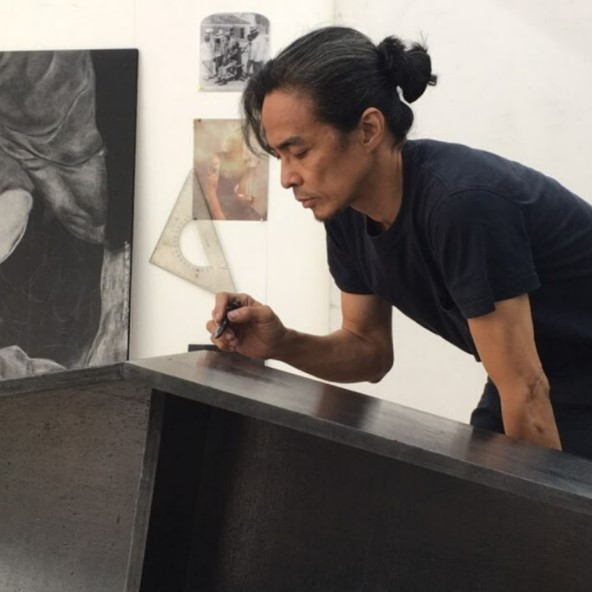
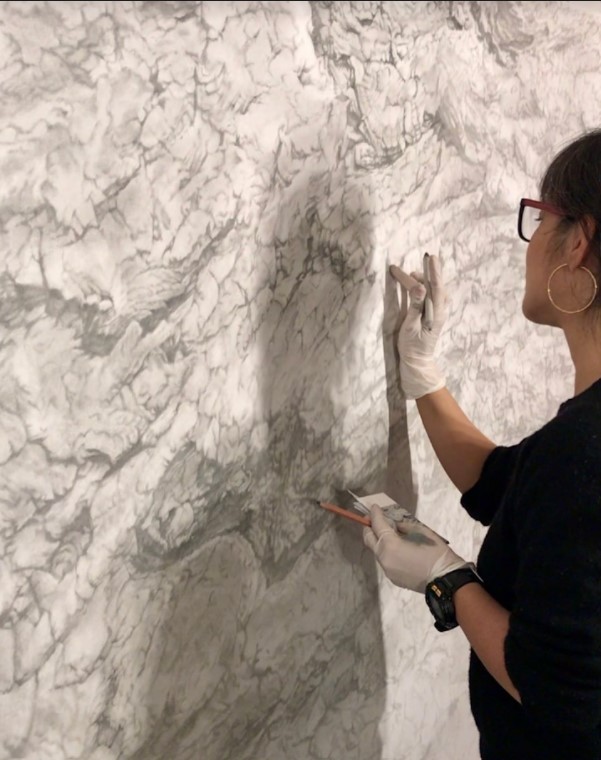
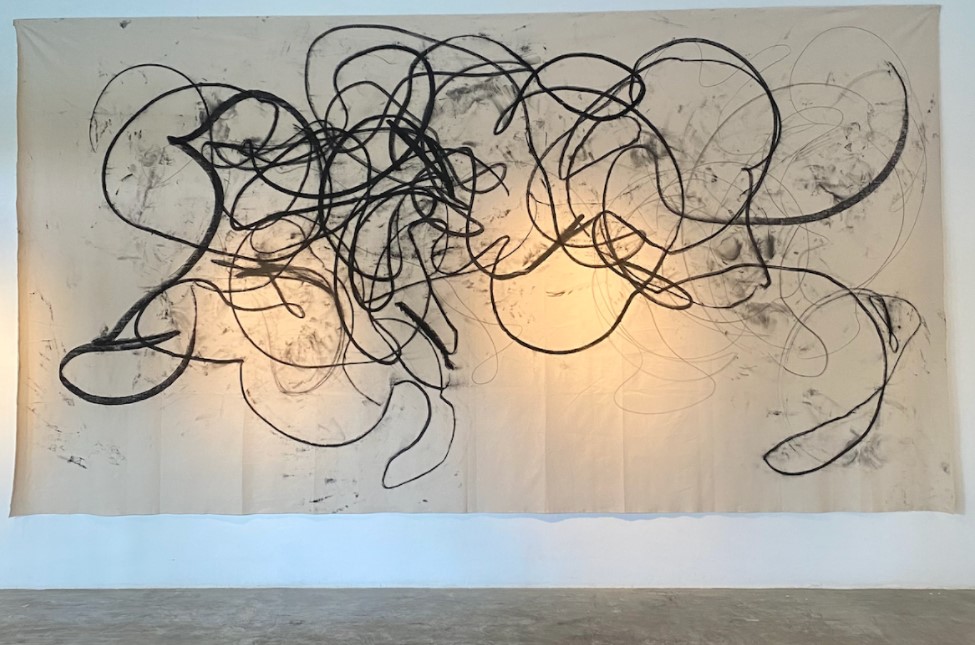
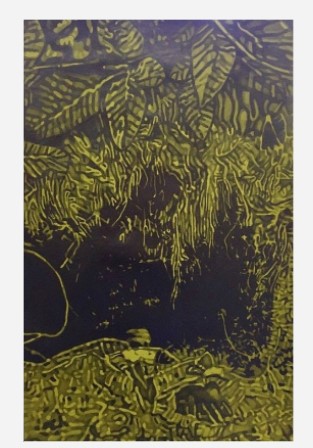
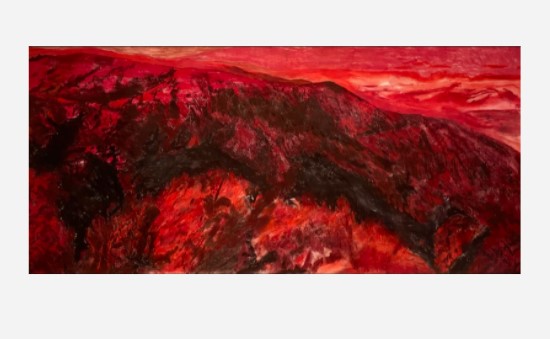
Explore exhibitions
Kontradestruction | Group Exhibition
Group Exhibition KONTRADestruktioN Showing between 18th January— 28th February 2025 FEATURED ARTISTBud OmengErwin Teves PascualGino JavierIkoy RicioIsrael RemoJoseph TecsonJun SabaytonRem San PedroUri de Ger To accomplish Destruktion is to find some fundamental...
Homemade | Group Exhibition
Group Exhibition Homeade Showing between 5th — 28th of September 2024 FEATURED ARTISTBenjie CabangisAaron CabangisLi CabangisZean Cabangis Since the 80’s, painter and now, professor emeritus in the UP College of Fine Arts, Benjie Cabangis, has been known to raise the...
Open House 2024 | Group Exhibition
Group Exhibition Open House 2024 Showing between 10th — 31st of August 2024 FEATURED ARTISTAcidhead Basilio Alvin Villaruel Alvin Zafra & Pristine De Leon Argie Bandoy At Maculangan Benjie's Cafe racer Buboy Cañafranca Dante Dizon David John Sarno Distort...
Explore Artists
Jay Francisco
Jay FranciscoBIOGRAPHY This series of paintings by Jay Francisco is inspired by branching out of his comfort zone, personally and artistically. His main focus is to encourage growth and abundance in his works and other aspects of his life, and for real growth to take...
Dennis Occeňa
Dennis James OcceňaBIOGRAPHY “Oftentimes, the ideas of my crafts come from nothing,” says artist Dennis James Occeña. “It’s ironic, but creative ideas appear after my brush on the canvas has been laid, and I can’t explain it.” Dennis discovered his artistic gifts at...
Gabe Naguiat
Gabe NaguiatBIOGRAPHY Gabe Naguiat (b. 1984) is a visual artist from Quezon City, Philippines."My work aims to raise the viewer's awareness of the multi-layered nature of our reality. I draw inspiration from graphic design, quantum physics, metaphysics, ancient...
